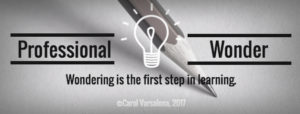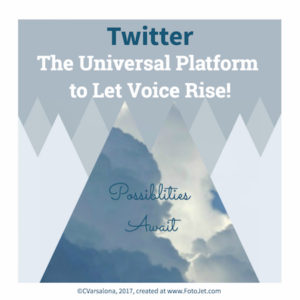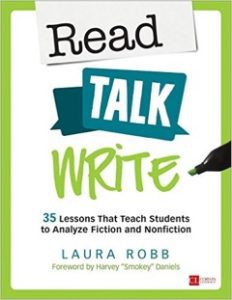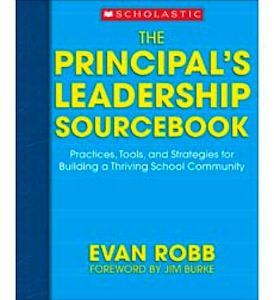The Reading Teacher -Teach Readers, Not Programs
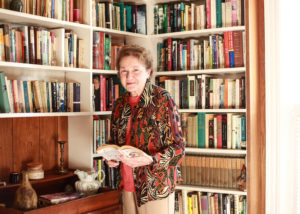
I started my first year of teaching in a country school near Winchester, Virginia with two sets of books for sixth grade: the Ginn Basal Reader with its accompanying workbooks and a sixth-grade math textbook. Of the twenty-eight students in my classroom, five students could read the stories and complete the workbook pages. Twenty-three students were reading two to four years below grade level. To prevent a backward slide due to lack of reading, I checked out books for them to read from the public library. I also wrote to publishers asking for uncorrected proofs or any books they could send me. Books arrived daily which started my first classroom library.
I learned five lessons from my first year of teaching that have stayed with me throughout my career. These lessons continue to be reinforced as I work in schools and present workshops for teachers.
Lesson 1: Teach your students, not programs.
People who design and create basal programs and scripted teaching guides don’t know your students. Good teaching requires knowing each one of your students as learners and as people who have a life beyond school. Knowing enables you to identify students’ strengths and needs, then, with their input, figure out the best way to help each one of them improve and grow.
BEWARE of programs that promise success for all students if you faithfully use their materials. And here’s why. Basal Reading Programs are grade level, and classes throughout the country have some students reading at grade level, some above, and too often many reading two or more years below their grade. In addition, these programs have students reading excerpts from books—short texts. There is not enough reading material in one program to help students raise their instructional reading levels. Teachers tell me that there are so many worksheets for students to complete, there’s no time for extra instructional reading–definitely, no time for independent reading. Moreover, basal reading programs create teacher dependency. The program and its guides do the thinking for teachers and replace teacher observations, interactions with students, and having the background knowledge to make the decisions that can move each student forward.
The lure for teachers and administrators of reading programs on a computer is that texts are at diverse instructional levels, making these programs appealing to schools with large populations of below-grade-level readers. Texts on computer programs are usually short with an abundance of factual questions focusing students on information in the text. No deep inferential thinking or multiple interpretations here. Like Basal reading programs, Computer reading programs don’t offer students enough reading for them to improve. Students need to read books to build stamina, practice comprehending complex plots, new information, and then infer, synthesize, and evaluate parts of the text. Programs make lots of money for corporations. They. Don’t. Help. Children.
Lesson 2: Learn from your students.
Effective teachers learn from their students. They circulate among students, watch them read and write, listen to their conversations, noting who gets the lesson and who requires additional support. Effective teachers confer with individuals and small groups, trying to get inside students’ heads to understand how they think about reading and writing. Effective teachers provide helpful feedback to students—feedback that causes students to be meta-cognitive, self-evaluate their progress and set goals. You see, it’s what students do—their talk, writing, and questions that inform what we teach and whether we need to plan interventions. Learning from students means teachers continually learn about the art of teaching.
Lesson 3: Invest in teachers.
Teachers make a difference in students’ learning and their lives. No adult recalls a workbook page, but they do recall a teacher who spent time getting to know them, who learned their interests and suggested books to read that tapped into those interest, who helped them improve, and made learning active and engaging. If we as a nation value education and understand the importance of helping students learn for their future, then schools need to invest in teachers, not programs. Ongoing PD at the building level is an investment that will support all students as teachers continually develop their theory of learning.
Lesson 4: Teach reading with the finest books.
Use the finest literature. No more ordering class sets of one book. Class sets mirror a basal program because every student can’t read and learn from the same book. Content teachers order books for a specific topic, such weather and ELA teachers around a genre and theme such as biography and obstacles the person faced. Purchase four to five copies of each title. Lobby for a book room and organize books around a topic, genre, and instructional reading levels. Books rooms have materials that enable teachers to respond to their students and select texts that correspond to students’ instructional reading needs and interests.
Lesson 5: Help students be successful.
Success at school is what teachers want for all of their students. Teachers give students materials they can read, materials that are relevant and motivate and engage. In addition, success builds self-efficacy, the belief that with hard work, it’s possible to move forward.
Closing Thoughts
It’s time to break the barrier of circular thinking—looking for a magic bullet or quick fix that doesn’t exist. Education has had years of basal and computer programs. However, they’re not helping children or teachers. What will make a difference is to develop the finest teachers during pre-service training and continue their learning while they work in a school. Research clearly says it: Teachers make a difference in the lives of their students!
Look for Laura’s next blog, “Invest in Teachers.” She’ll offer ways schools can develop their own ongoing PD programs.
Learn much more from Laura’s book, Differentiating Reading Instruction!
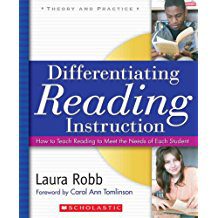
![]()


